Lee C. Potter
Motion-robust free-running cardiovascular MRI
Aug 04, 2023Abstract:PURPOSE: To present and validate an outlier rejection method that makes free-running cardiovascular MRI (CMR) more motion robust. METHODS: The proposed method, called compressive recovery with outlier rejection (CORe), models outliers as an auxiliary variable that is added to the measured data. We enforce MR physics-guided group-sparsity on the auxiliary variable and jointly estimate it along with the image using an iterative algorithm. For validation, CORe is first compared to traditional compressed sensing (CS), robust regression (RR), and another outlier rejection method using two simulation studies. Then, CORe is compared to CS using five 3D cine and ten rest and stress 4D flow imaging datasets. RESULTS: Our simulation studies show that CORe outperforms CS, RR, and the outlier rejection method in terms of normalized mean squared error (NMSE) and structural similarity index (SSIM) across 50 different realizations. The expert reader evaluation of 3D cine images demonstrates that CORe is more effective in suppressing artifacts while maintaining or improving image sharpness. The flow consistency evaluation in 4D flow images show that CORe yields more consistent flow measurements, especially under exercise stress. CONCLUSION: An outlier rejection method is presented and validated using simulated and measured data. This method can help suppress motion artifacts in a wide range of free-running CMR applications. CODE: MATLAB implementation code is available on GitHub at https://github.com/syedmurtazaarshad/motion-robust-CMR
Maximizing Unambiguous Velocity Range in Phase-contrast MRI with Multipoint Encoding
Nov 07, 2021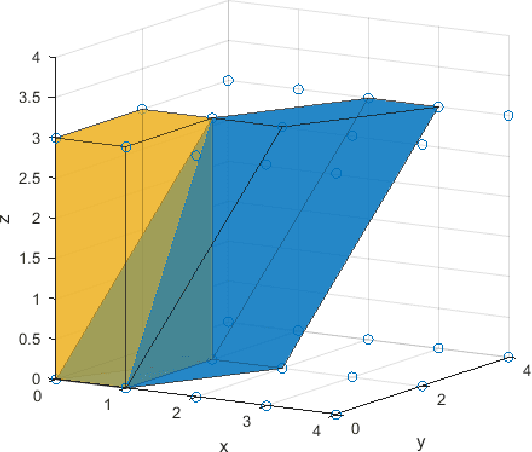
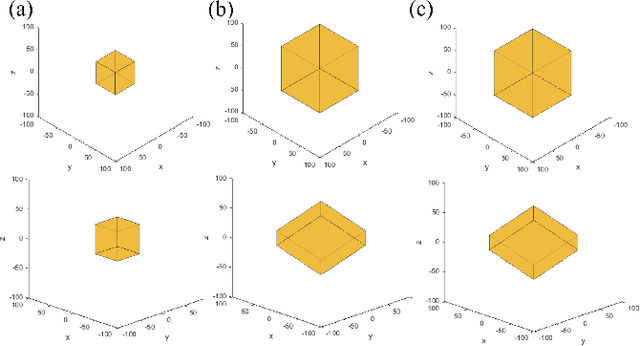
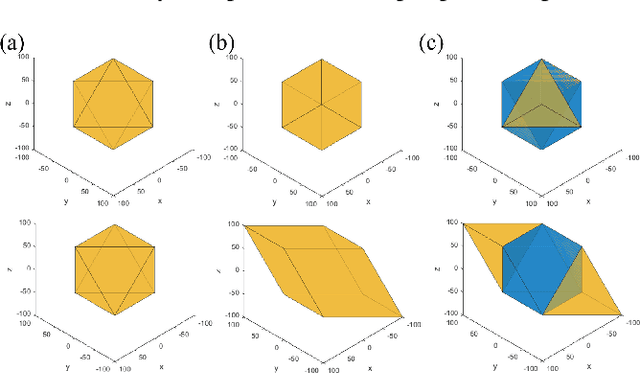
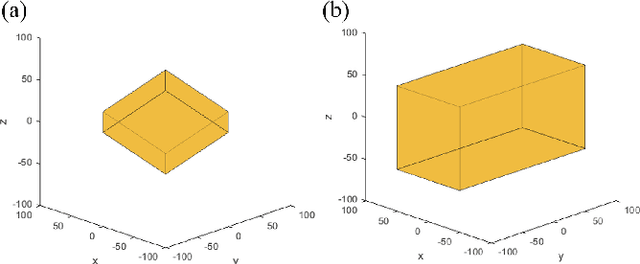
Abstract:In phase-contrast magnetic resonance imaging (PC-MRI), the velocity of spins at a voxel is encoded in the image phase. The strength of the velocity encoding gradient offers a trade-off between the velocity-to-noise ratio (VNR) and the extent of phase aliasing. Phase differences provide invariance to an unknown background phase. Existing literature proposes processing a reduced set of phase difference equations, simplifying the phase unwrapping problem at the expense of VNR or unaliased range of velocities, or both. Here, we demonstrate that the fullest unambiguous range of velocities is a parallelepiped, which can be accessed by jointly processing all phase differences. The joint processing also minimizes the velocity-to-noise ratio. The simple understanding of the unambiguous parallelepiped provides the potential for analyzing new multi-point acquisitions for an enhanced range of unaliased velocities; two examples are given.
Venc Design and Velocity Estimation for Phase Contrast MRI
Sep 26, 2021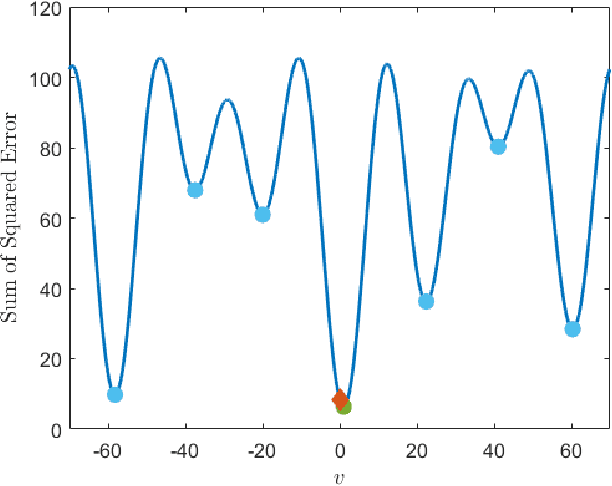
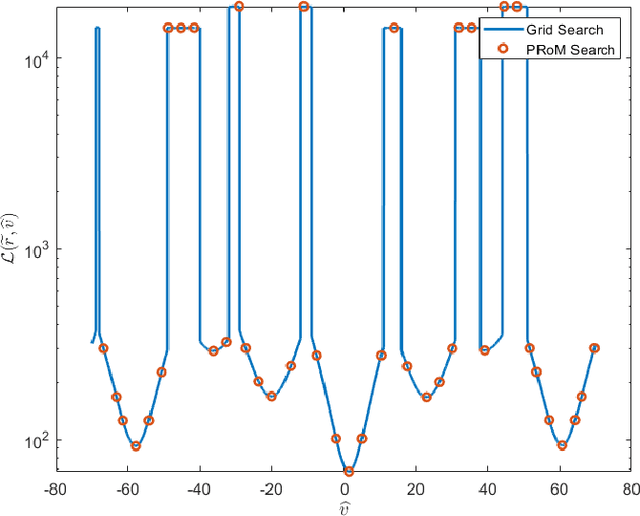
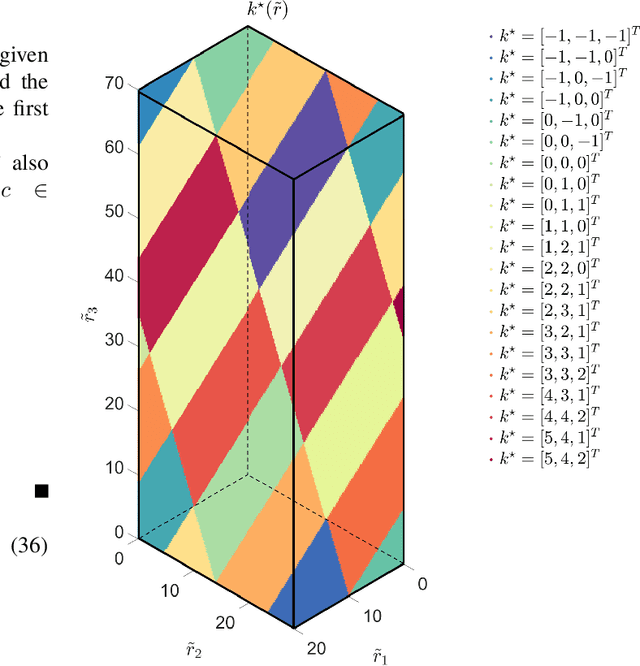
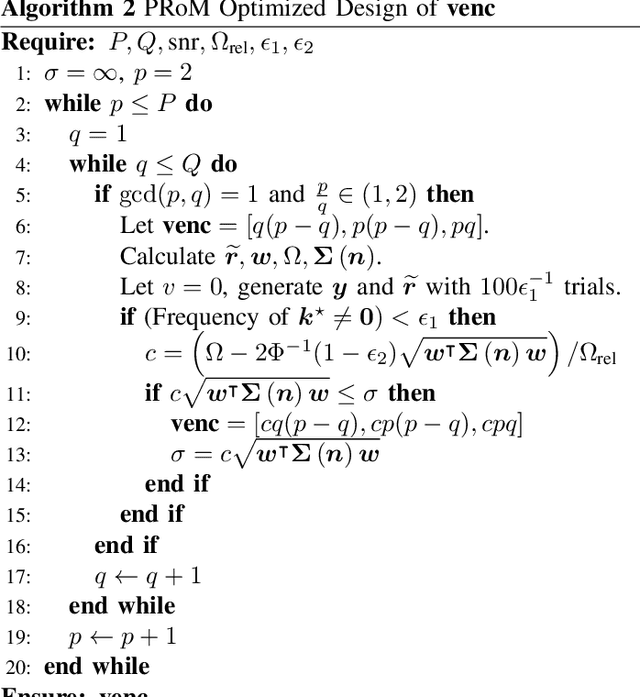
Abstract:In phase-contrast magnetic resonance imaging (PC-MRI), the velocity of spins at a voxel is encoded in the image phase. The strength of the velocity encoding (venc) gradient offers a trade-off between the velocity-to-noise ratio (VNR) and the extent of phase aliasing. In the three-point encoding employed in traditional dual-venc acquisition, two velocity-encoded acquisitions are acquired along with a third velocity-compensated measurement; their phase differences result in an unaliased high-venc measurement used to unwrap the less noisy low-venc measurement. Alternatively, the velocity may be more accurately estimated by jointly processing all three potentially wrapped phase differences. We present a fast, grid-free approximate maximum likelihood estimator, Phase Recovery from Multiple Wrapped Measurements (PRoM), for solving a noisy set of congruence equations with correlated noise. PRoM is applied to three-point acquisition for estimating velocity. The proposed approach can significantly expand the range of correctly unwrapped velocities compared to the traditional dual-venc method, while also providing improvement in velocity-to-noise ratio. Moreover, its closed-form expressions for the probability distribution of the estimated velocity enable the optimized design of acquisition.
 Add to Chrome
Add to Chrome Add to Firefox
Add to Firefox Add to Edge
Add to Edge